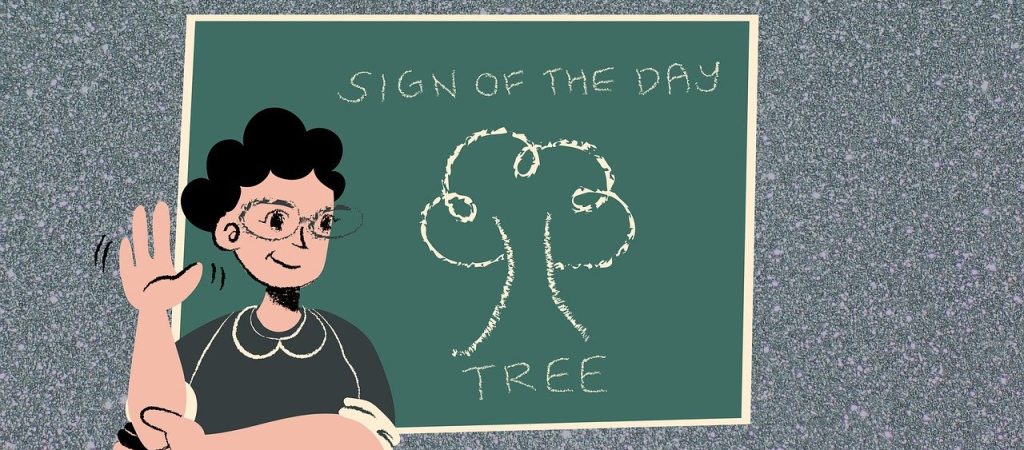.
Most hearing people wonder about what the language growth for a deaf child looks like. To most hearing people, language is synonymous to talking. As a mother of a deaf child, I learned within the first few weeks of his diagnosis that language growth is indeed possible without talking. As Shrey could not hear, we were not certain if he would ever talk, but he could definitely have language. He was not limited in his ability to understand and learn. He just needed to be surrounded by adequate and enough language.
So what does language growth for a deaf child look like and how did we facilitate that?
We started learning sign language and signing to him within a few weeks of finding out about his hearing loss. During the first year of his life, language milestones looked different (or one could argue the same) from what they do for typical hearing babies, but they kept coming in consistently. What we saw as growth markers of his language/communication skills were:
- Joint attention with caregivers, i.e., he would show interest in things that were shown to him or were pointed at
- Back and forth visual attention between signs, the subject, and the facial expressions
- Hand babbling (just like verbal babbling for hearing babies)
- Asking for more signing by holding up our hand if he was engaged with the signing and it abruptly stopped
- Understanding the signs for various objects/subjects
- Signing back as an expressive gesture
There were moments where I caught him shifting his attention from one person to the other as people took turns signing during the communication. He signed his first word on his first birthday. Yes, he took his time, but once the time was right, he made explosive progress over the next few months.
Fingerspelling was an interesting concept. When I learned about fingerspelling (essentially spelling out a word using manual sign alphabets where a sign may not exist for a word or the same sign could be used for multiple words), I assumed that it would be very difficult for babies. I wanted to shy away from fingerspelling. It was much easier if there could be a sign for everything. For example, I did not understand why there was no sign for ‘rice,’ and for a beginner, fingerspelling was cumbersome. However, soon after I learned that babies learn to recognize fingerspelling as handshapes and would also try to copy it. Shrey’s first receptive fingerspelled sign was ‘Buddha’. Now at two, he is very quick to pick up fingerspelled words if they have been repeated to him a few times. Obviously, as a toddler, he mixes up words with similar alphabets.
What does oral language growth look like for a deaf child with cochlear implants?
At the same time, we wanted to give Shrey the best shot at developing listening and spoken language. He was fitted with hearing aids at a young age of 3 months, and at 6 months of age, he was determined to be a good candidate for cochlear implants. His cochlear implant surgery was at the age of 9 months, and he was activated soon after. Given the head start he had, his sign language had already started to take off by the time he was developing receptive listening skills. It was hard to keep track of his receptive and expressive signs.
A year plus into listening, Shrey is talking in English and Hindi. He sings in both those languages. He can put together sentences and is very expressive. He can count one to ten and can identify/speak a few words in Spanish. We do not see any limitation in him being able to learn multiple languages, including sign language. And it is the absolute cutest thing to watch him sign the complete scenario about how something fell down and bumped into something else. From what I see, while hearing may be a challenge for Shrey in specific situations given the limitation of cochlear implants, he will have all the languages at his disposal to enable his power of expression.
How do we support oral and sign language growth for our deaf child?
At the moment, Shrey goes to the deaf school (purely ASL environment) twice a week and an oral school for the deaf kids two other days of the week. We are lucky to be able to have this arrangement, and he is flourishing in both environments. He is social, at ease, and happy. Shrey has taught me that communication is far beyond the spoken words. It is about connection, understanding, and expression in whatever form it may take.